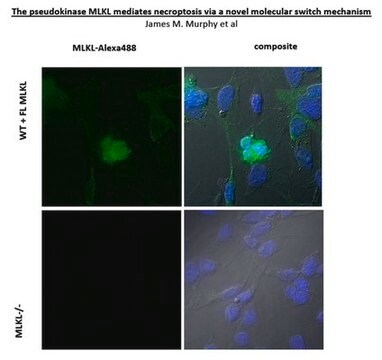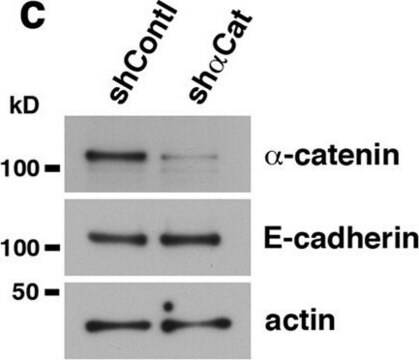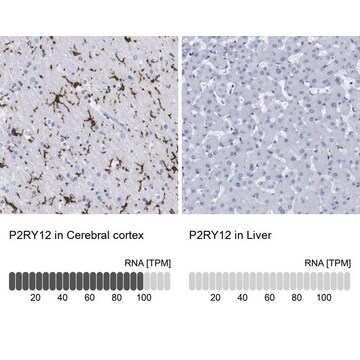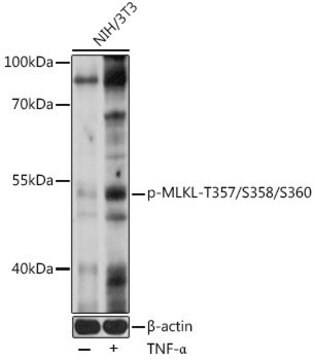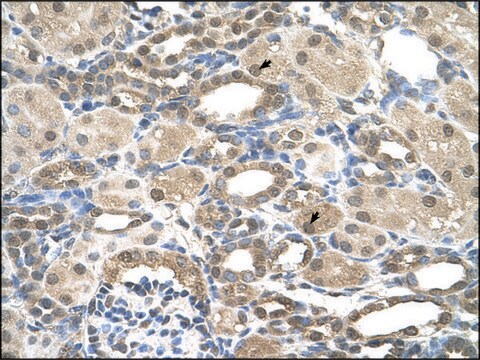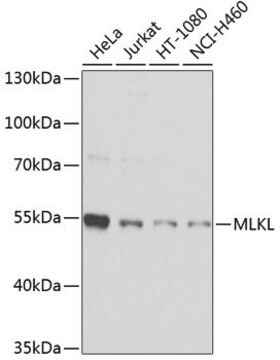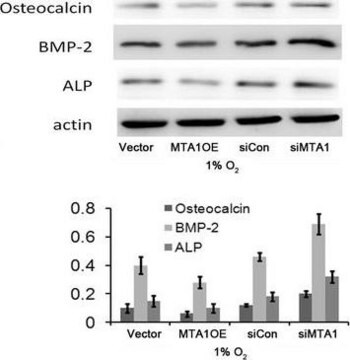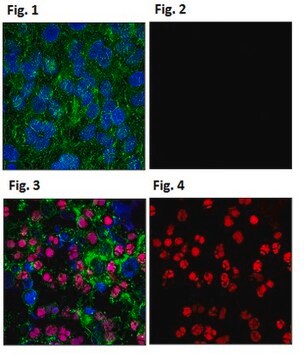MABC1158
Anti-phospho-MLKL (Ser345) Antibody, clone 7C6.1
clone 7C6.1, from mouse
Sinônimo(s):
Mixed lineage kinase domain-like protein
About This Item
Produtos recomendados
fonte biológica
mouse
Nível de qualidade
forma do anticorpo
purified antibody
tipo de produto de anticorpo
primary antibodies
clone
7C6.1, monoclonal
reatividade de espécies
mouse
técnica(s)
ELISA: suitable
immunocytochemistry: suitable
western blot: suitable
Isotipo
IgG2bκ
nº de adesão NCBI
nº de adesão UniProt
Condições de expedição
ambient
modificação pós-traducional do alvo
phosphorylation (pSer345)
Informações sobre genes
mouse ... Mlkl(74568)
Descrição geral
Especificidade
Imunogênio
Aplicação
Immunocytochemistry Analysis: A representative lot detected phospho-MLKL (Ser345) in Immunocytochemistry applications (Rodriguez, D.A., et. al. (2016). 23(1):76-88).
Western Blotting Analysis: A representative lot detected phospho-MLKL (Ser345) in Western Blotting applications (Rodriguez, D.A., et. al. (2016). 23(1):76-88).
Apoptosis & Cancer
Qualidade
Western Blotting Analysis: A 1:4,000 dilution of this antibody detected phospho-MLKL Ser345 in 20 ug of lysate from MLKL -/- mouse embryonic fibroblasts expressing doxycycline-inducible wild-type MLKL-Flag-C construct and treated with TNF alpha (10 ng/mL) and Z-VAD-FMK (25 uM).
Descrição-alvo
forma física
Armazenamento e estabilidade
Outras notas
Exoneração de responsabilidade
Não está encontrando o produto certo?
Experimente o nosso Ferramenta de seleção de produtos.
Código de classe de armazenamento
12 - Non Combustible Liquids
Classe de risco de água (WGK)
WGK 1
Ponto de fulgor (°F)
Not applicable
Ponto de fulgor (°C)
Not applicable
Certificados de análise (COA)
Busque Certificados de análise (COA) digitando o Número do Lote do produto. Os números de lote e remessa podem ser encontrados no rótulo de um produto após a palavra “Lot” ou “Batch”.
Já possui este produto?
Encontre a documentação dos produtos que você adquiriu recentemente na biblioteca de documentos.
Nossa equipe de cientistas tem experiência em todas as áreas de pesquisa, incluindo Life Sciences, ciência de materiais, síntese química, cromatografia, química analítica e muitas outras.
Entre em contato com a assistência técnica